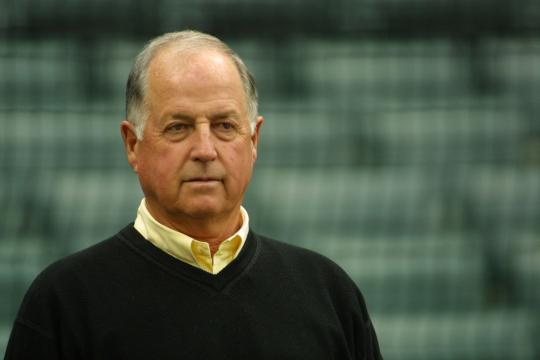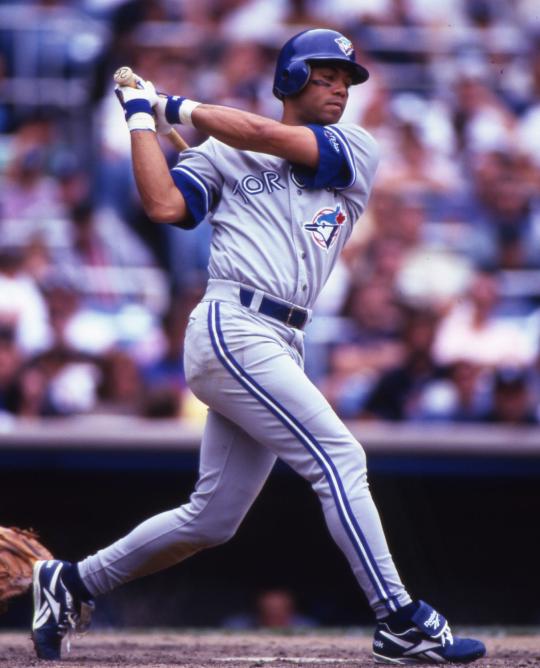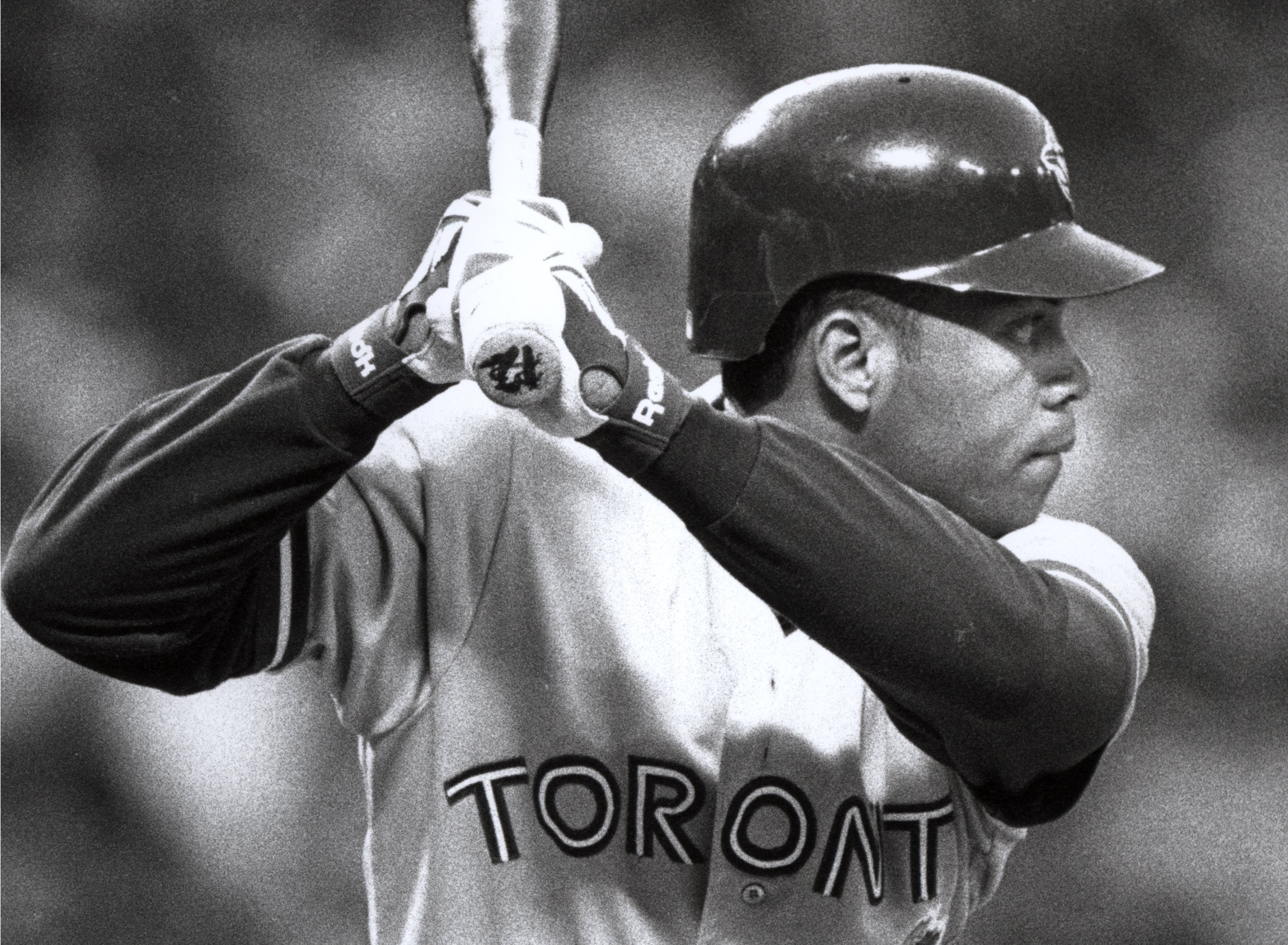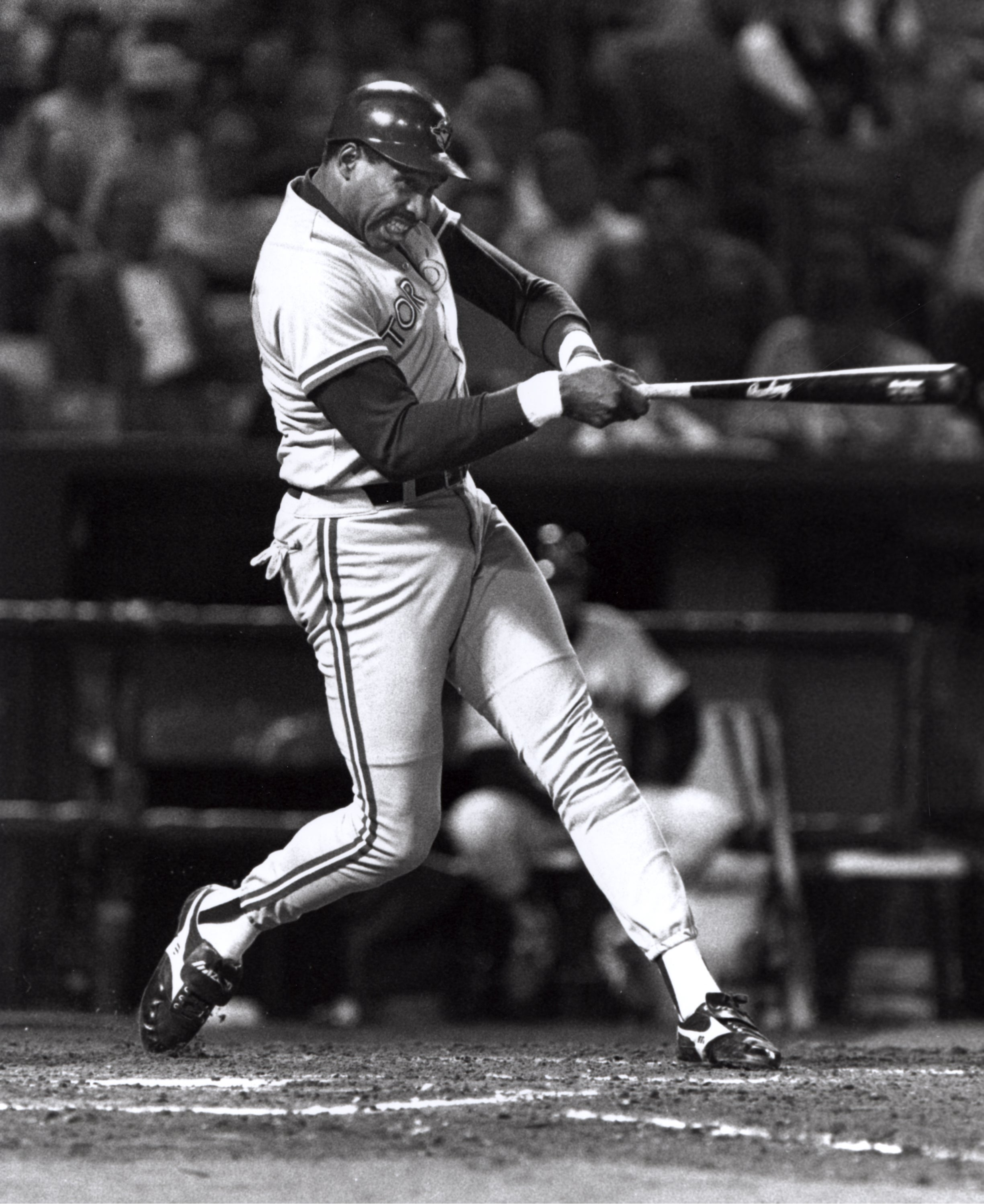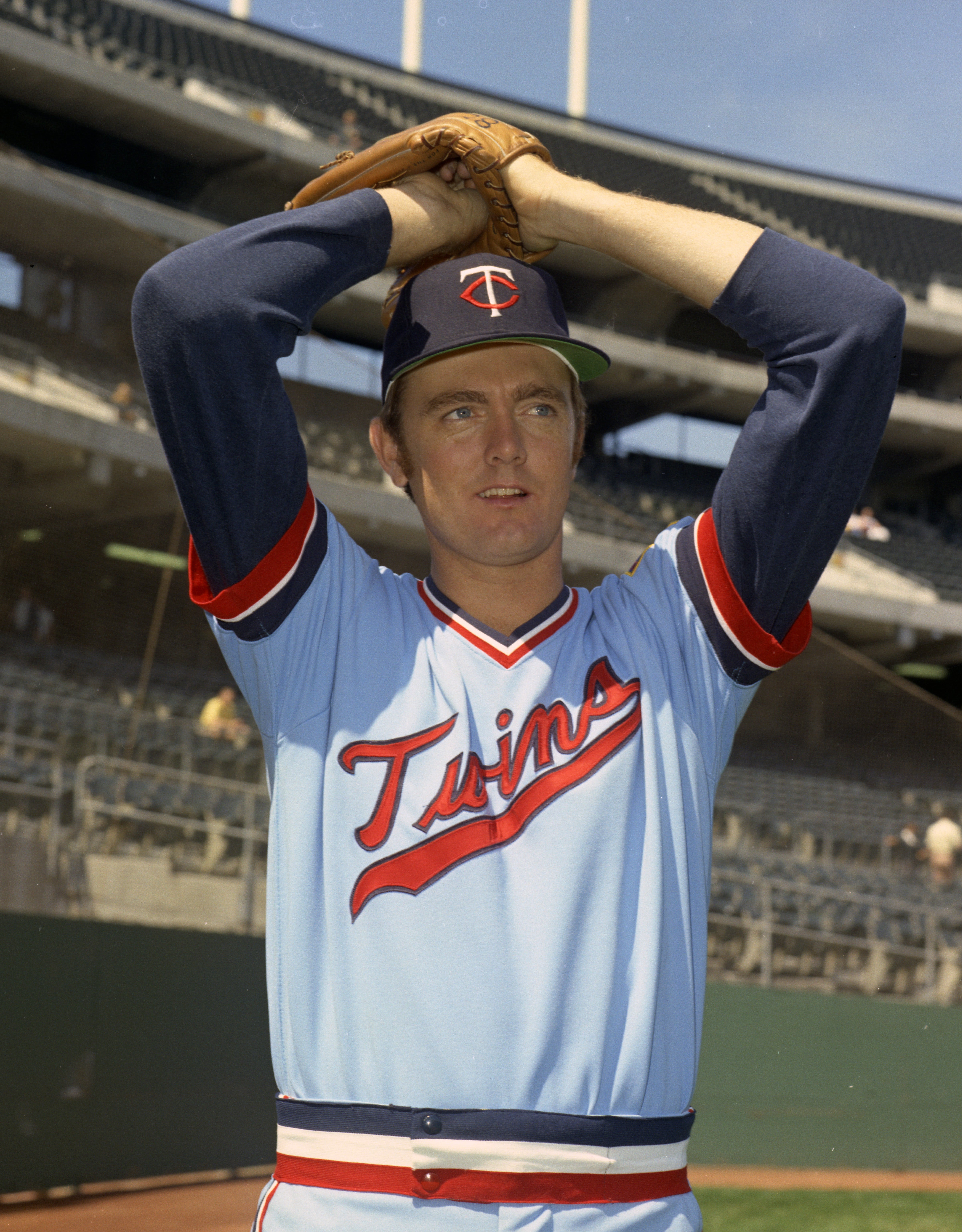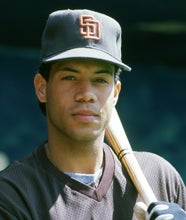- Home
- Our Stories
- Alomar trade reshaped baseball landscape
Alomar trade reshaped baseball landscape
Pat Gillick had built the Toronto Blue Jays into a winner through a strong farm system and a steady hand.
But when the Blue Jays’ general manager saw a chance to add Roberto Alomar to his lineup, the man nicknamed “Stand Pat” pulled off a trade that could only be described as a “blockbuster.”
On Dec. 5, 1990, at the Winter Meetings outside Chicago, Gillick shipped Tony Fernandez and Fred McGriff – two of his young stars in Toronto – to the Padres.
In exchange, the Blue Jays received Joe Carter and Roberto Alomar.
Hall of Fame Membership
There is no simpler, and more essential, way to demonstrate your support than to sign on as a Museum Member.
It was a deal that would prove to be the catalyst in Toronto’s rise to the top of the baseball world.
“We’ve won a lot of games the last few years but some people didn’t think we had much to show for it,” Gillick told the Associated Press.
Within three years of the trade, the Blue Jays had two World Series titles.
Alomar, a slick-fielding second baseman who already had three full seasons under his belt at age 22, solidified Toronto’s infield and grew into an all-around hitter with power, speed and patience at the plate.
He would win Gold Glove Awards in each of his five seasons with the Blue Jays, and his performance in the 1992 American League Championship Series (.423 batting average, two homers, four RBI and five stolen bases) earned him the MVP award.
It was a series that pushed the Blue Jays over the hump into the Fall Classic.
“This is about the biggest trade I can remember,” Blue Jays manager Cito Gaston told the Associated Press right after the deal was completed. “Roberto Alomar is already one of the best second basemen in the American League.”
Carter proved to be invaluable as well, anchoring the Blue Jays lineup while driving in 100-or-more runs in six of his seven seasons with the team. In the 1993 World Series, Carter’s walk-off blast in Game 6 gave Toronto its second-straight title.
Fernandez and McGriff each proved to be exceptional players in the years following the trade, but San Diego parted ways with each of them by the end of the 1993 season.
Alomar left the Blue Jays via free agency following the 1995 campaign and continued to star for the Orioles and Indians into the early 2000s.
He was elected to the Hall of Fame in 2011 following a career that featured 12 All-Star Game selections and 10 Gold Glove Awards.
Gillick, who went on to build winning teams in Baltimore, Seattle and Philadelphia after his tenure with the Blue Jays, was also elected to the Hall of Fame in 2011.
Craig Muder is the director of communications with the National Baseball Hall of Fame and Museum

